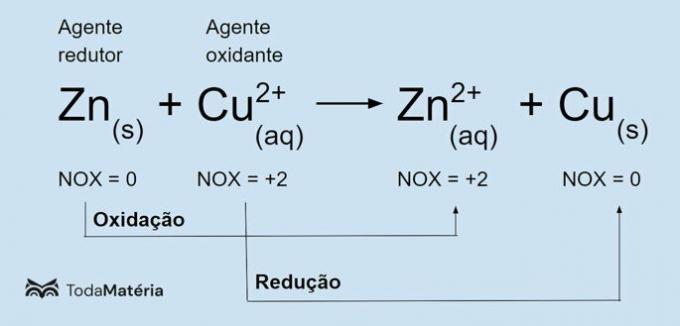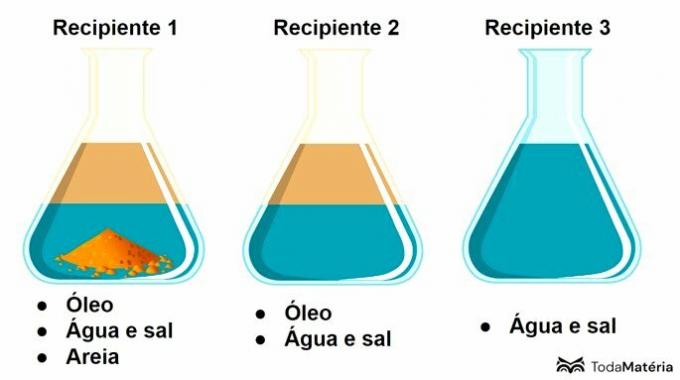After investigating the Periodic Table, a question may arise, are all the elements disposed in it found in nature? But if there are all of them, where are they to be found? In fact, some of these elements are synthesized in the laboratory, that is, produced artificially.
Natural elements: These are the chemical elements found in nature.
Synthetic elements: These are chemical elements whose atoms are produced artificially, it is called synthesis in the laboratory.
The Periodic Table has 114 elements distributed in rows and columns. Among them, 92 natural elements are known, with the highest atomic number being uranium (Z = 92), the other 22 are synthetic and fall into two categories:
Cisuranics: synthetic elements that have an atomic number less than 92, for example: Promethium (Pm), Francium (Fr).
Transuranic: elements with an atomic number greater than 92. Examples: Plutonium (Pu), Mendelevium (Md), Unumbio (Uub).
Do not stop now... There's more after the advertising ;)
By Líria Alves
Graduated in Chemistry
Brazil School Team
See more:
Periodic Table Organization
What criteria are used to assemble the Table Structure.
General chemistry - Chemistry - Brazil School
Would you like to reference this text in a school or academic work? Look:
SOUZA, Líria Alves de. "Natural and synthetic elements"; Brazil School. Available in: https://brasilescola.uol.com.br/quimica/elementos-naturais-sinteticos.htm. Accessed on June 28, 2021.



